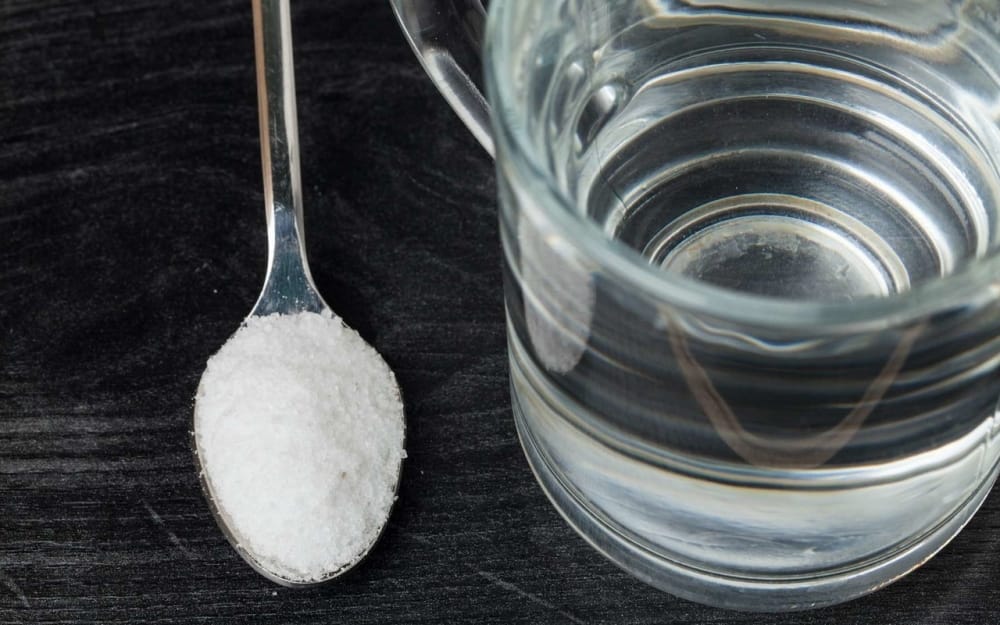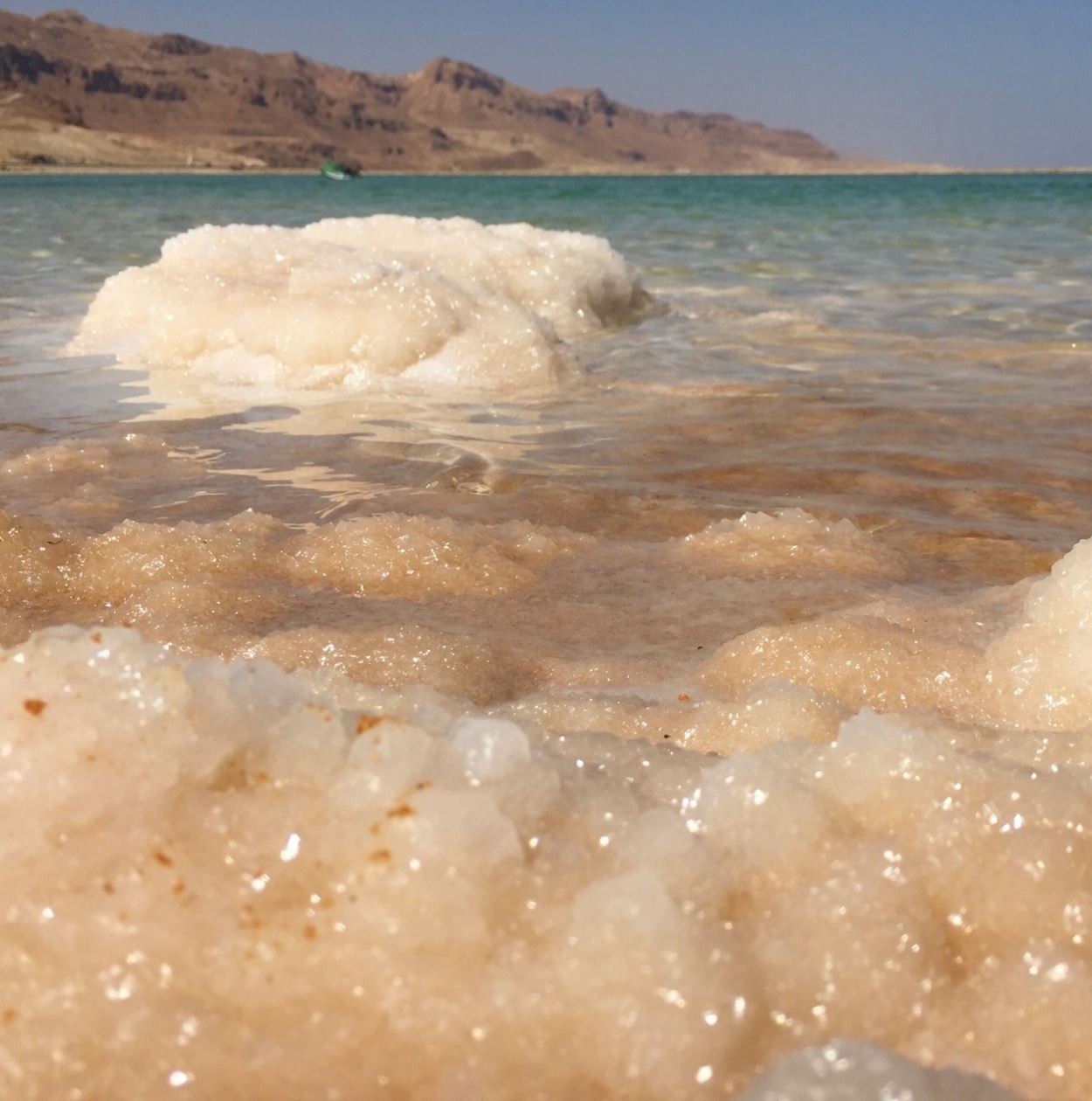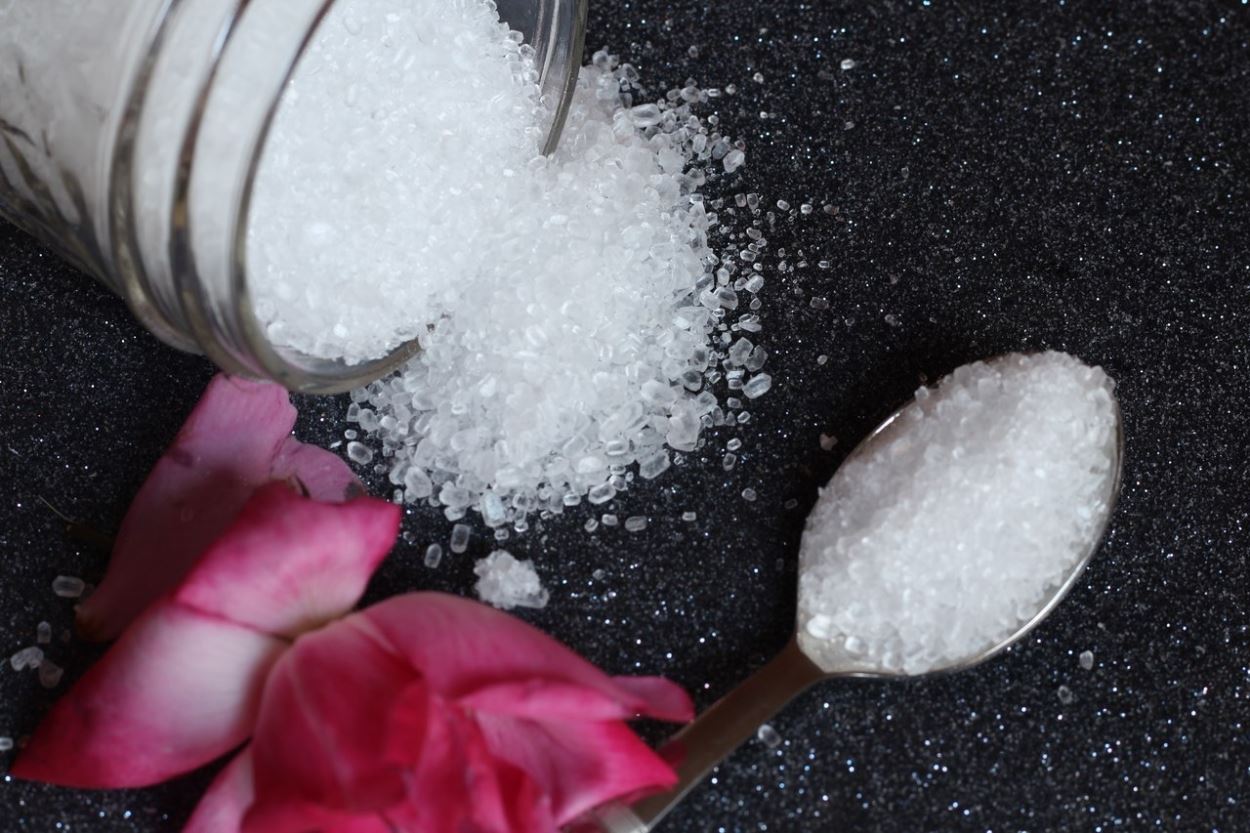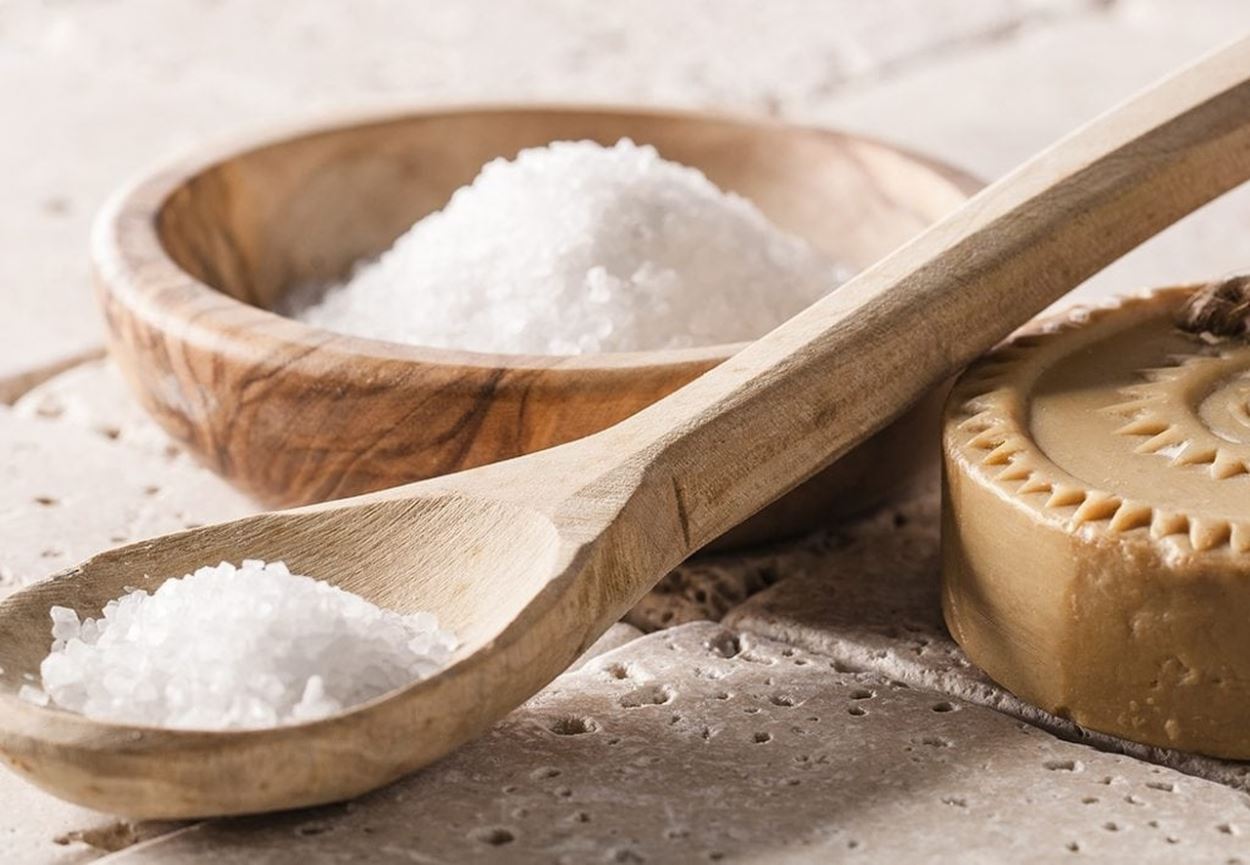What is Hydrated Salt?
2021-02-04(54957)
What is hydrated salt? Hydrated salts are inorganic salts that contact with water molecules and undergo a change in their crystalline structure. However, to better understand these salts, one needs to know the structure of hydrates, hydrous, and anhydrous compounds.
These may sound confusing at first, but don’t worry, we will simply go through each. As Turkey’s largest salt exporter, Koyuncu Salt, we will discuss hydrates and the question, “what is hydrated salt.”
What is a Hydrate?
In chemistry, a hydrate is a hydrated ionic compound that absorbs water molecules from its environment and contains them as part of its structure. The most known hydrates are crystalline solids. Crystalline solids lose their structure when the bound water is removed. Minerals like common table salt are crystalline solids.
Examples of Hydrates
· Epsom salt
· Washing soda (sodium carbonate decahydrate)
What is Hydrated Salt?

We have briefly explained what hydrates are, but what is hydrated salt specifically? If a salt molecule is bound to water molecules, it is a hydrated salt. In another saying, hydrated salt is a salt molecule that is lankly attached to a certain number of water molecules. Most salts are crystals in a hydrated state, meaning that a certain proportion of water is attached to the crystal structure.
This water of crystallization can be separated by heating the salt, resulting in an anhydrous structure. A well-known example is a white anhydrous copper sulfate powder that forms a blue solution when water is added. Hydrated blue copper sulfate crystals can be obtained when this blue solution is evaporated.
Hydrous vs. Anhydrous
In the simplest terms, a hydrous compound contains water in its structure. Hydrated salts are hydrous compounds since they have water within their crystals. The formation of hydrates occurs when ionic compounds are exposed to air and bond with water molecules. The bond happens between the cation molecule and the water molecule, making the remaining water known as the water of crystallization or water hydration.
If we give an example of the use of hydrates, they are often used in skincare products. It is because hydrates are capable of infusing moisture into the skin. Another example of hydrates’ most known use is Epsom salt, which is highly preferred as a bath salt, a natural remedy for ailments, and skin exfoliant.
Take a look at our article, “Epsom Salt: What is a Substitute for Epsom Salt?” to find out more about Epsom salt and its substitutes.
Anhydrous compounds, on the other hand, have no water in their structure. When water is removed from a hydrate or hydrous compound, it turns into an anhydrate. The water in hydrates can be removed by either suction or heating the hydrous compound. Since Anhydrates remove water, they are mostly used in drying agents such as paper products. They can also preserve the moisture in food and tobacco products.
The Occurrence of Hydrated Salts

Hydrated salts naturally occur all over the world, including in freshwater. The crystalline structure of salt is loose enough to bind to water molecules and become hydrated easily. Sodium chloride or salt tends to absorb the water vapor in the air or contact liquid water.
For example, when the compounds in a particular area’s soil or rock dissolve and mix into the groundwater, free-flowing chemicals form salt molecules, eventually becoming hydrated with the water molecules. We see that natural binding in Epsom salt or magnesium sulfate heptahydrate occurred naturally in Epsom, England.
Side note: Naming hydrated salts another issue. Magnesium sulfate, for instance, becomes magnesium sulfate heptahydrate when hydrated with water molecules. The hydrated chemical compound is represented as MgSO4(H2O)7 in chemistry.
Usage Areas of Hydrated Salt

The most known use of hydrated salts in daily life is through Epsom salts. The human body needs many chemicals that salts contain. However, those chemicals might be difficult to absorb or obtain from diets alone. Traditionally, people visit the places where hydrated salts naturally occur to take healing baths as they believe them to have curative properties. It is the case with Epsom salts.
Epsom salt has a commercial value as a home treatment as well, even though its healing properties haven't been proven. Another essential use of hydrated salt is industrial uses.
Industrial Uses of Hydrated Salts
The industrial usage area of salt, including hydrated salts, is quite broad. Hydrated salt is essential to many industries. Salt is the main ingredient in making more than 50% of the products in the chemical industry. Hydrated salt is also used in the glass, paper, rubber, and textile industries.
In addition to these, salt is used in industrial and domestic water softening systems as water softening salts. Besides, hydrated salt is used especially in the alternative energy sector due to its ability to keep the temperature for a long time.
Learn more about the industrial salt applications in our article, “Salt Applications for Industry.”




